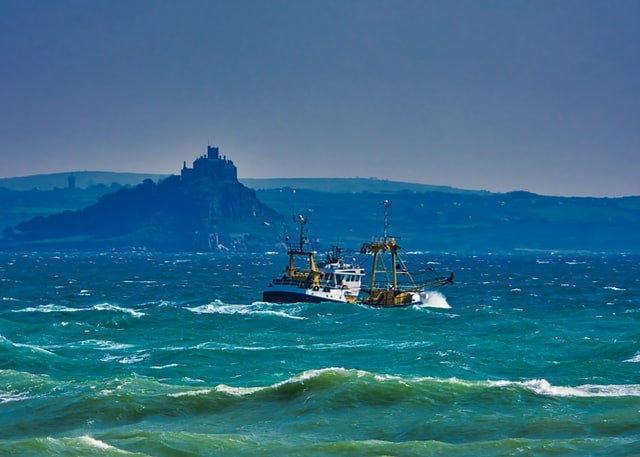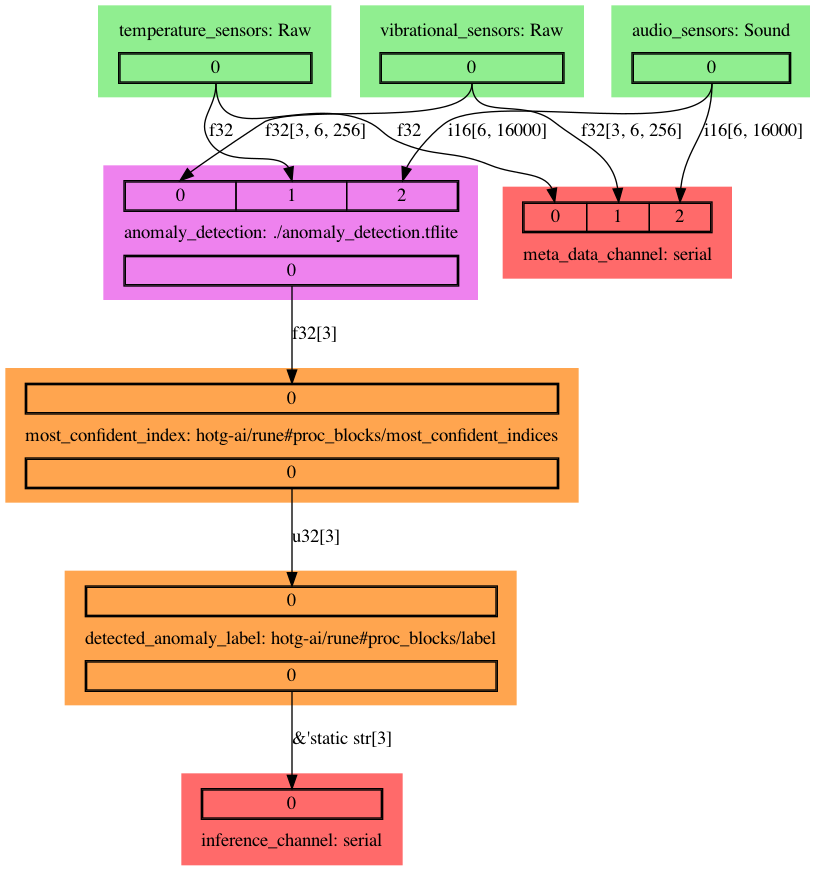At HOTG, we are consistently pushing our tech to find out how production grade applications would work using Rune. One such use-case is the impact of changing ocean conditions on sea faring vessels.

Over the next few weeks, we will start to explore how to develop and deploy Runes for specialized use-cases.
Specialized use-cases are the commercial interests of HOTG, and we are excited to partner with early adopters to pilot and build proof of concepts very quickly. If this interests you send an email to akshay AT hotg.ai.
Follow along to see how you can build your own Runes.
Wear and Tear: Rapidly Changing Oceans
Ocean behaviors have traditionally been fairly consistent and reliable. Oceanic behaviors are violently changing due to phenomenon such as salinity, changing temperature, water density and other unpredictable ripple effects of climate changes. These phenomena are incredibly difficulty to predict over large areas and these models are not currently directly used for Voyage Analysts to reduce wear and tear on their fleets.
Scientists across the globe are trying to figure out why the ocean is becoming more violent and what, if anything, can be done about it. —- National Geographic
Large scale models are valuable for continued monitoring of our oceans, however, by leveraging Runes, shipping fleets can both take advantage of large models and get immediate value through predictive maintenance. Shipping fleets can directly find value in predicting maintenance cycles for cost reduction.
In short, it is a technique that helps us decide or predict the next maintenance cycle of the in-service machinery or equipment. It is also by far the most cost friendly approach when compared to the preventive or time based maintenance methods. — MaritimeInsight
Predictive Maintenance and Beyond
To predict when maintenance needs to be done, we need to leverage features to determine when the ship is performing outside of an expected range. One way to do this is to leverage audio, vibrational, and temperature sensors.
An example Runefile.yaml is shown in this gist. We can visualize the Rune in a diagram below:
As a side note, Runefile is a specification of how to build composable compute for edge AI based applications. We have talked about how we can build tiny computes that can be organized and changed with Rune earlier but this is a powerful idea to think of Rune as a set of orchestrations that can be declaratively written. The graph visualization is a nice way to interpret that.
You can find the reference and examples of it on our hotg.dev site here: https://hotg.dev/docs/reference/runefile_yml
The Runefile allows the container to collect and detect anomalies in data collected from sensors.
Based on the inference (output in the inference_channel), we can then decide to collect the anomalous data from the meta_data_channel. In subsequent posts, we will look at how to use this meta data to continually improve our anomaly_detection model.
Overtime, we want to identify and update the Runes and share these models across ships. In the next part of this use case exploration, we will start looking at how to build anomaly detection models and share updates to the TinyVerse platform to make this use case work.
Learn how to build your Runes and application here!
Follow us on our socials:
Twitter @hotg_ai and @hammer_otg | LinkedIn | Discord | Discourse




